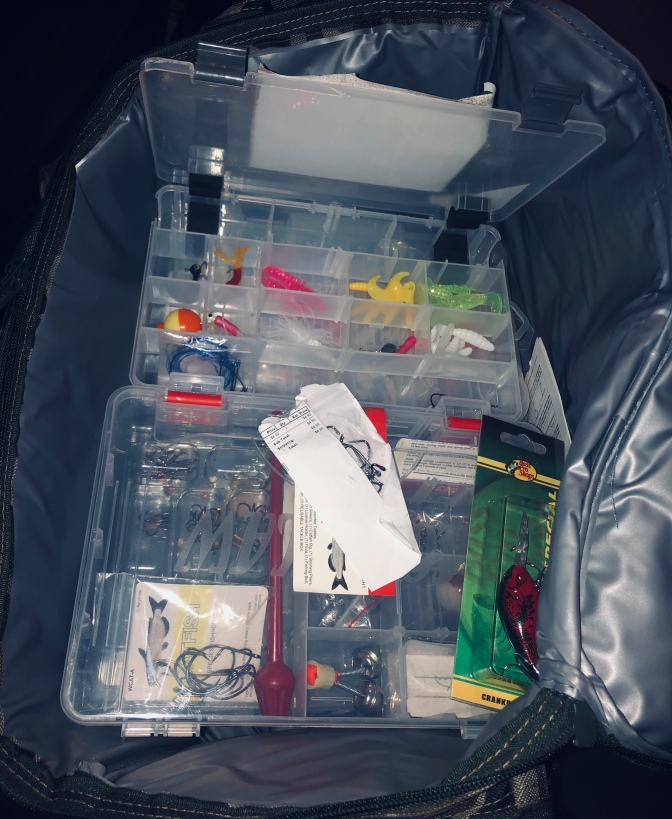It's been a long day. Have a seat. (Adam Griffith via Unsplash/)
Spend a day hiking deep into the Yellowstone or Alaskan backcountry and the last thing you’ll want to do is pop a squat in the dirt like some sort of animal. Even if you’re just truck camping, you won’t want to do that. These four camping chairs vary widely in design—from big and overbuilt to lightweight and hiking-ready—but they’ll all prove their worth on your next excursion, whether it’s close to home or miles from the nearest paved road.
Lightweight, collapsible, brilliant. (YIZI/)
The YIZI has become the go-to camp chair for legions of diehard backcountry anglers and hunters, and no surprise. A cinch to set up and take down, it weighs 2.4 pounds; can support up to 300 pounds of weight; and collapses down to fit in an 11-inch bag, making it super easy to stash in a pack. You can buy a bigger, fancier chair, no doubt, but if you’re serious about trekking off the grid, your chair search should end with the YIZI.
Get your comfy on. (CORE Equipment/)
OK, so sometimes you’re not trekking deep into the wilderness but camping at your truck and wanting to get your comfy on. No shame. That’s where the sturdy, 12-pound Core Equipment comes in. The chair boasts padded arms and soft seats and back for max comfort in camp, along with an overbuilt cup holder and side gear pocket.
A classic gets upgraded. (Coleman/)
If you haven’t used a Coleman portable camping chair before, we honestly have no idea where you’ve been the past quarter century or so. At any rate, the 8.8-pound Portable Camping Quad Chair takes the basic Coleman camp-chair design and pseudo soups it up with a four-can cooler in the left armrest. The chair isn’t fancy, but it does what it does well: keeps your butt off the ground.
Twice the size, twice the fun. (Kelty/)
This camp loveseat chair is no doubt tailored for couples, with its two-person design and 500-pound weight capacity, but more power to you if you’d rather hog it yourself or share it with your gun dog. Either way, the low Loveseat, a beach-camping staple, has a base that stands 13.5 inches off the ground, keeping you close to the campfire for roasting franks and mallows. And between hunting and fishing excursions, the Kelty Low Loveseat will pull double duty at football tailgates and musical festivals with your beau.





































































